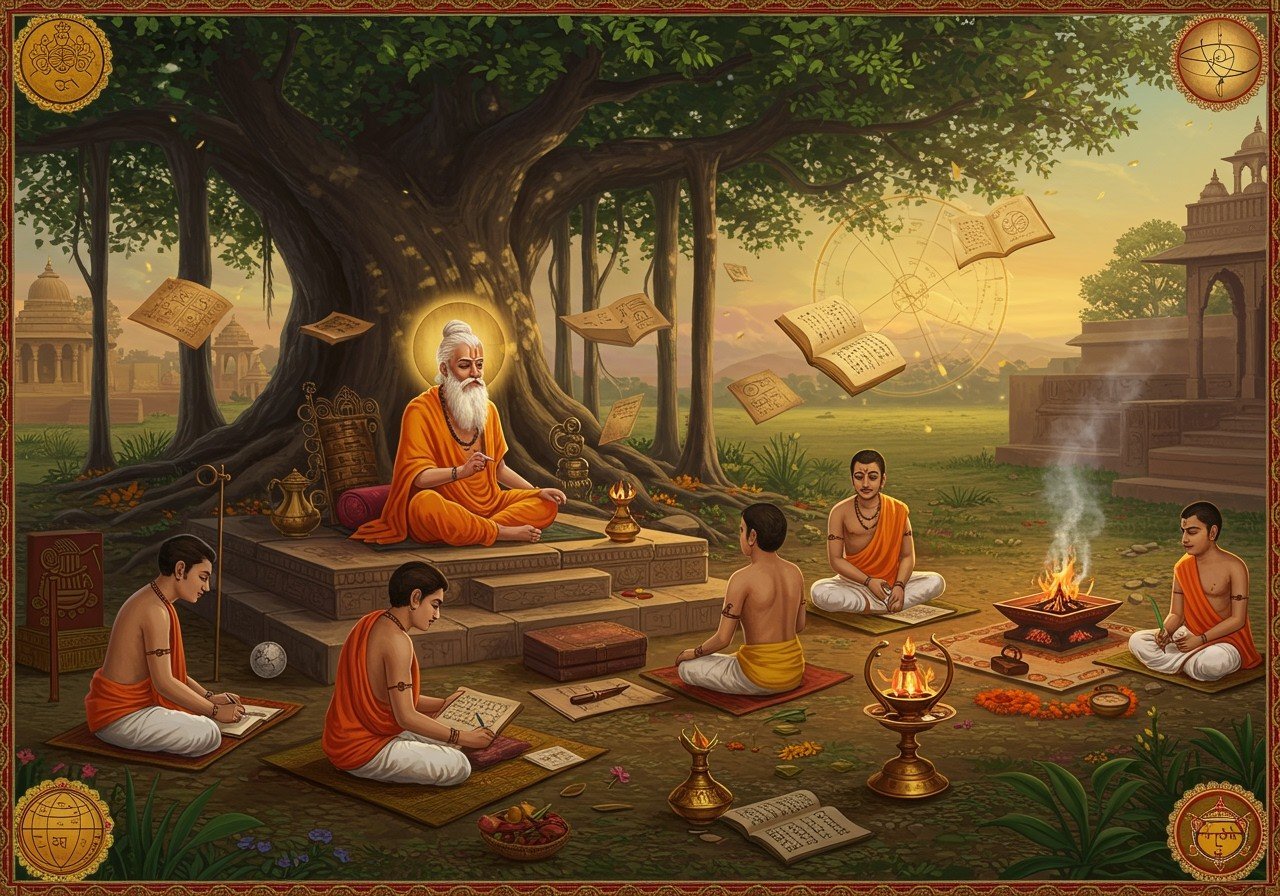
The Vedic Period, a pivotal era in Indian history, spanning from approximately 1500 BCE to 500 BCE, laid the foundation for Hindu culture and traditions. This period, following the decline of the Indus Valley Civilization, witnessed the emergence of the Vedas, the oldest sacred texts of India. The Vedic civilization flourished in the northern Indian subcontinent, particularly the Indo-Gangetic Plain, and marked a significant shift towards settled agriculture and the development of early Hindu practices.
Understanding the Vedic Period
The Vedic Period is broadly divided into two phases: the Early Vedic Period (c. 1500-1000 BCE) and the Later Vedic Period (c. 1000-500 BCE). This era is characterized by the composition of Vedic Sanskrit texts, including the four Vedas:
- Rigveda: A collection of hymns dedicated to various deities.
- Samaveda: Melodies and chants derived from the Rigveda, used in rituals and ceremonies.
- Yajurveda: Prose mantras and formulas for sacrificial rites.
- Atharvaveda: Spells, charms, and incantations related to everyday life.
Vedic Society and Culture
Vedic society followed a structured social hierarchy known as the Varna system, consisting of Brahmins (priests and scholars), Kshatriyas (warriors and rulers), Vaishyas (traders and farmers), and Shudras (laborers). Family life was central, with joint families being the norm. Women played an active role in religious rituals and had access to education. Daily life revolved around agriculture, cattle rearing, and simple crafts. Clothing was primarily made from natural materials like cotton and wool.
Religion and Philosophy in the Vedic Age
Vedic religion was polytheistic, with a pantheon of gods representing natural forces like Agni (fire), Indra (thunder), and Surya (sun). The concept of Rita, cosmic order and balance, was a core principle. Yajnas, sacrificial ceremonies, were important religious practices. The Later Vedic Period saw the emergence of the Upanishads, philosophical texts that explored profound concepts like Brahman (the ultimate reality) and Atman (the individual self), laying the groundwork for later Hindu philosophical schools.
Looking to deepen your understanding and practice of Vedic traditions? Poojn.in offers a wide selection of authentic puja items, including Rudraksha malas, camphor, and sacred threads, to support your spiritual journey.
Economy and Trade during the Vedic Period
The Vedic economy was primarily agrarian, with cattle considered a measure of wealth. Trade flourished, involving commodities like gold, textiles, and grains. Metalworking and pottery were also important economic activities. The Vedic people gradually transitioned from a semi-nomadic lifestyle to settled agriculture in the fertile plains of the Ganges River, contributing to economic growth and stability.
Frequently Asked Questions about the Vedic Period
What defines the Vedic Period? The Vedic Period is defined by the composition of the Vedas, ancient Sanskrit texts that form the foundation of Hindu scriptures. This era spanned from approximately 1500 BCE to 500 BCE in the northern Indian subcontinent.
What is the significance of the Vedas? The Vedas are the oldest sacred texts in Hinduism and offer invaluable insights into the religious beliefs, social structure, and cultural practices of the Vedic civilization. They are considered the source of many Hindu traditions and philosophies.
What was the social structure of Vedic society? Vedic society followed the Varna system, a hierarchical social structure consisting of four classes: Brahmins, Kshatriyas, Vaishyas, and Shudras.
Connecting with Vedic Traditions Today
Poojn.in, India’s leading online store for cultural and religious goods, offers a wide range of products to help you connect with Vedic traditions. Explore our collection of prayer beads, incense, and other ritual items. Poojn.in makes it convenient to access authentic products and maintain Vedic practices in the modern world.


